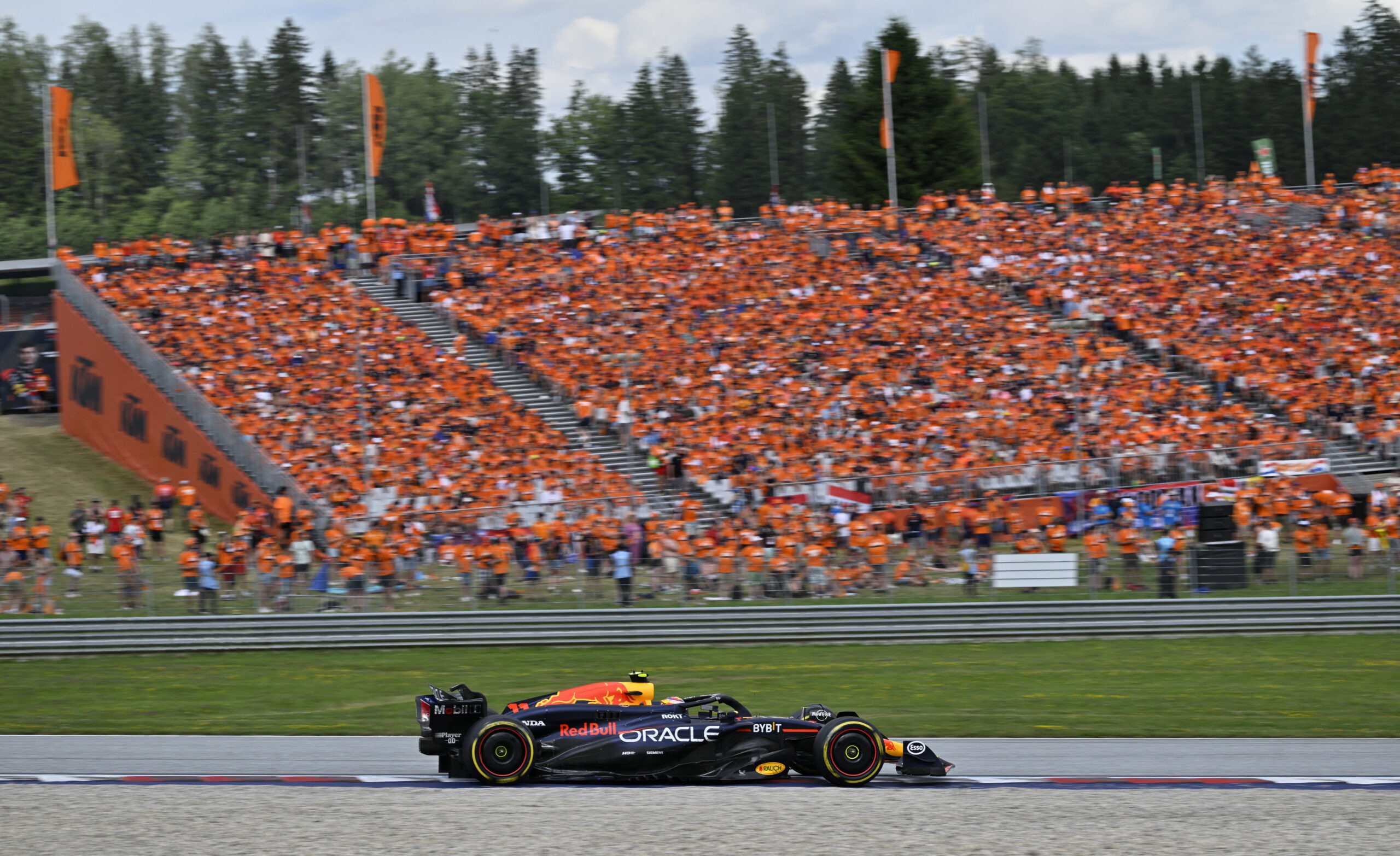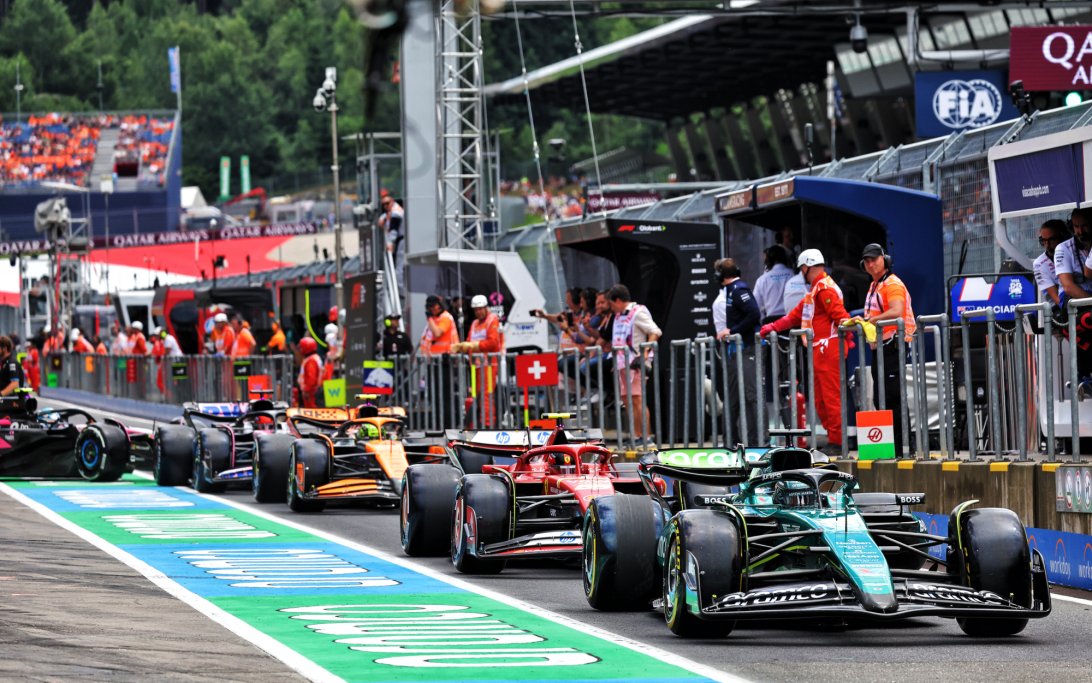The Austrian Grand Prix, a key event in the Formula 1 calendar, has a rich history and an enduring appeal that captivates motorsport enthusiasts around the globe. Held at the iconic Red Bull Ring in Spielberg, Austria, this race is renowned for its breathtaking scenery, challenging layout, and memorable moments. This article delves into the history, significance, and recent developments of the Austrian Grand Prix, highlighting its place in the thrilling world of Formula 1.
The Origins and Evolution of the Austrian Grand Prix

Austrian Grand Prix
The Austrian Grand Prix has its origins in the 1960s, with the inaugural race held in 1963 at the Zeltweg Airfield. Initially a non-championship event, it was added to the Formula 1 World Championship calendar in 1964. The airfield circuit, however, was deemed unsuitable for Formula 1 due to its bumpy surface and short length. This led to the construction of the Österreichring, a new purpose-built circuit, which hosted its first Grand Prix in 1970.
The Österreichring quickly gained a reputation as one of the most challenging tracks in Formula 1. Its high-speed layout, with sweeping curves and elevation changes, tested the skills of drivers and the performance of their cars. The circuit saw many memorable races and notable winners, including Niki Lauda, who remains one of Austria’s most celebrated drivers.
In 1987, the Austrian Grand Prix was dropped from the calendar due to safety concerns and the circuit’s inability to meet modern Formula 1 standards. However, the sport’s strong following in Austria and the country’s rich motorsport heritage kept hopes alive for its return.
The Red Bull Ring Era
In the late 1990s, Austrian energy drink company Red Bull, led by Dietrich Mateschitz, invested heavily in reviving the race. The Österreichring was redesigned and renamed the A1-Ring, which re-entered the Formula 1 calendar in 1997. This new era saw a more modern and safer track, though it retained some of the original’s challenging characteristics.
The race continued to be a fixture on the calendar until 2003, after which it was again absent due to financial and logistical issues. However, the passion for Formula 1 in Austria, coupled with Red Bull’s growing influence in the sport, led to another revival. In 2014, after further renovations and rebranding as the Red Bull Ring, the Austrian Grand Prix made a triumphant return.
The Modern Era and Memorable Moments

Since its return, the Austrian Grand Prix has provided numerous unforgettable moments and dramatic races. The track, with its mix of high-speed straights and technical corners, offers multiple overtaking opportunities, often leading to thrilling battles and unexpected outcomes.
One of the most memorable races in recent history was the 2019 Austrian Grand Prix. Max Verstappen, driving for Red Bull Racing, delivered a stunning performance. After a poor start that saw him drop to seventh place, Verstappen fought his way through the field. Overtaking Charles Leclerc’s Ferrari in a dramatic late-race duel to claim victory. This race not only showcased Verstappen’s exceptional talent but also highlighted the Red Bull Ring’s ability to produce edge-of-the-seat action.
The 2020 season, heavily impacted by the COVID-19 pandemic, saw the Red Bull Ring hosting back-to-back races. The Austrian Grand Prix and the Styrian Grand Prix, named after the surrounding region of Styria. This unprecedented situation tested teams and drivers with two consecutive weekends of racing on the same circuit. Yet delivered two distinct and exciting races.
Technical Challenges and Strategic Importance
The Red Bull Ring’s layout presents unique challenges for drivers and teams. Its relatively short lap length of just over 4 kilometers requires precision and consistency. The circuit features significant elevation changes, fast straights, and a mix of slow and high-speed corners. Demanding a balanced setup that maximizes both aerodynamic efficiency and mechanical grip.
Turn 3, a sharp uphill right-hander, is particularly tricky, often becoming a hotspot for overtaking and incidents. The track’s high-speed nature also places considerable stress on brakes and tires, making tire wdbos management a crucial aspect of race strategy. Additionally, the unpredictable weather in the Styrian mountains can lead to sudden changes in conditions, further complicating team strategies.
The Grand Prix’s position in the calendar, typically in the mid-season, adds to its strategic importance. It often serves as a key indicator of team performance and development progress, influencing the momentum for the second half of the season.
Local support for the race is also bolstered by the legacy of Austrian drivers. Niki Lauda, a three-time World Champion, remains a national hero. And his influence on motorsport is celebrated each year at the Grand Prix.
The Future of the Austrian Grand Prix
The Red Bull Ring’s blend of historical significance, modern facilities, and challenging layout ensures its place as a favorite among drivers and teams.
Looking ahead, the race is expected to maintain its status as a key fixture in the Formula 1 season. The ongoing investments by Red Bull and the circuit’s ability to adapt to the evolving demands of the sport will likely secure its future. Additionally, the race’s role in promoting sustainability and innovation aligns with Formula 1’s broader goals, ensuring its relevance in the coming years.
Conclusion
The Austrian Grand Prix is more than just a race; it is a celebration of motorsport heritage. Innovation, and the enduring appeal of Formula 1. From its early days at the Zeltweg Airfield to its modern incarnation at the Red Bull Ring. The race has consistently delivered excitement, drama, and memorable moments. As the sport continues to evolve, the Austrian Grand Prix stands as a testament to the passion and dedication of the Formula 1 community. Promising to captivate and inspire fans for generations to come.
Read More Article About “Concert at SEA 2024: A Celebration of Music and Community“


